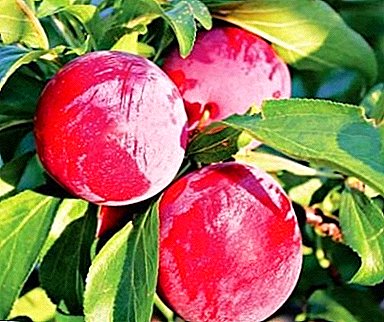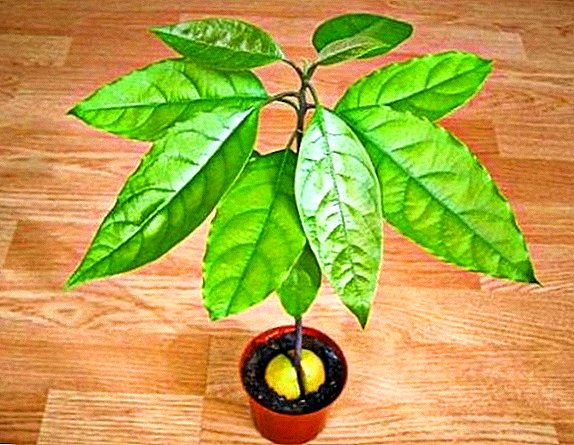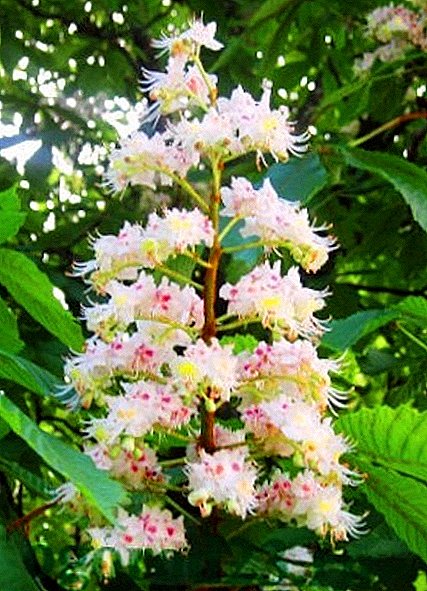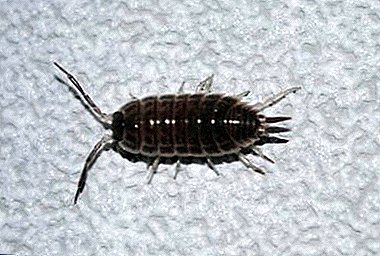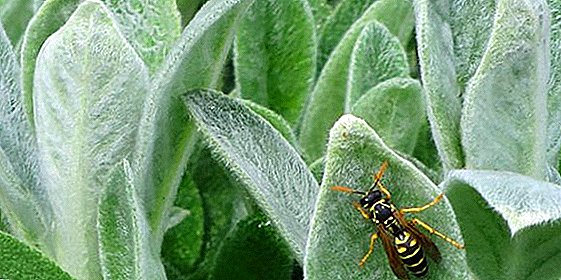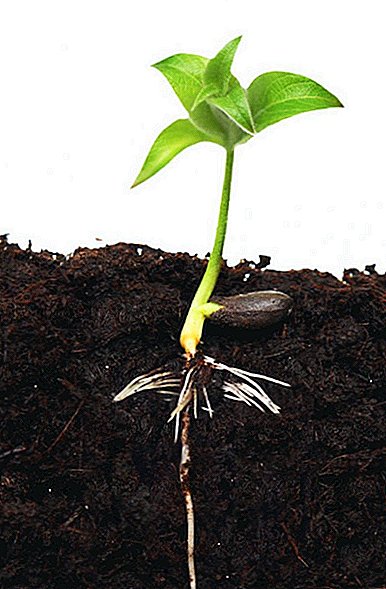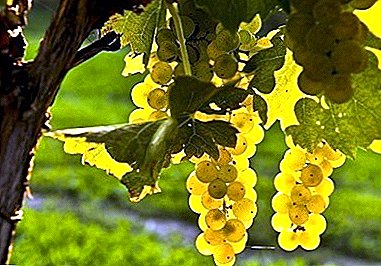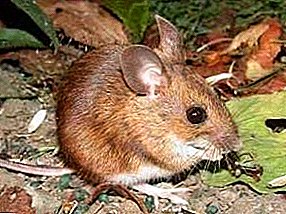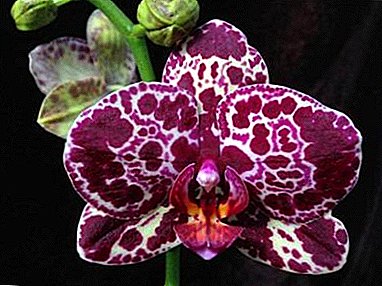
Today, the orchid is more and more winning the title of queen of flowers from the rose - it can be found not only in greenhouses, but also on window sills. Orchids, as a symbol of love, tenderness and passion, are given to the beloved of either sex, wanting to show the depth and purity of their feelings.
Phalaenopsis are especially popular. Today there are more than 70 varieties. Among them is a very rare, beautiful variety - the Orchid Wild Cat.
Brief Definition
The orchid family is vast and includes many species.. The most common of these is Phalaenopsis, a beautiful and unassuming flower. It belongs to the genus of epiphytic, less often lithophytic plants. Its homeland is the countries of South Asia, such as India or China.
Orchid Wildcat, which will be discussed below, grows in the mountain forests of the Philippines and the humid plains of Australia. The name of the species, translated as “butterfly,” was given by Karl Blum, who mixed in the dark the phalaenopsis orchid flower with the butterfly.
Detailed description
Wild cat - a rare varietal orchid with dense wax flowers. Their aroma is light, barely perceptible. Petals and sepals white or yellow with cherry-purple spots, lips a little brighter with yellow divorces. The spots are usually so large that the flower at a distance looks dark cherry or purple, at the time of approaching this optical effect disappears. It also attracts lovers of orchids.
Wild cat blooms twice a year. The plant can produce a stem up to 60 cm long! The flowers are quite large (about 10 cm in diameter), with a strong pleasant aroma. Due to its high wax content, the flower seems to sparkle, which looks very beautiful.
The leaves of the Wild Cat are large, round, wide and leathery, have a light sheen.. On an adult plant, they are usually from 4 to 6. Gray-green roots grow between the leaves, located in two rows, which serve to fix the flower on the tree and actively participate in photosynthesis. The plant itself is not high, up to 50 cm, with a short stem.
We recommend to watch the video about the features of the appearance of the orchid "Wild Cat":
A photo
You will see a photo of a flower:



History of
Wild cat is one of the rare orchids found in domestic floriculture. The homeland of his ancestors - the Philippines and Australia. The pedigree has about 20 species, the founders of which were Phalaenopsis "Fantastic Mirage Ting-Fan Ho Ho" - the seed parent and the parent of Phalaenopsis pollen "Jiuhbao Red Rose Jiu Bao Biotech". Possession of beautiful genes is valued for its noble appearance, capriciousness, grace.
What is the difference from other species?
Since phalaenopsis has many subspecies, it is not always possible to distinguish them from each other even by a specialist. But with the Wild Cat such a situation is impossible: a very characteristic coloring "cat"! However, if you purchased a non-flowering plant, you cannot distinguish it by the leaves, you will have to wait.
Important: Wild Cat is an expensive variety. If you do not want to be deceived, it is better to buy a plant with at least one flowering bud.
Because of its price and unusual color, the Wild Cat is considered a rare variety.: lilac shades of orchids are rare, and therefore highly valued in the horticultural environment. You will not find it in the apartment novice gardener. And on the forums a blooming "cat" (and just his presence in the collection) is considered a matter of pride.
However, there are no particular differences in the plant itself, or in principle, care for the Wild Cat from other phalaenopsis species. Unless you take care more diligently and carefully, remember its rarity - in this case, she, of course, will thank you with magnificent blooms. In nature, there is no uniform bright violet phalaenopsis (as well as a blue hue) - these are dyed flowers that may die soon after purchase, and not a new variety of Wild Cat. Bright tips of pedicels should be alerted.
Bloom
When and how?
 The average flowering time of a wild cat is about 3 months.. There is no particularly pronounced rest period for this type of orchid, so it can bloom in suitable conditions even in winter. In good circumstances, Phalaenopsis Wild cat blooms with charges - after each wave of flowering, after a month of rest on new peduncles new buds wake up and bloom again.
The average flowering time of a wild cat is about 3 months.. There is no particularly pronounced rest period for this type of orchid, so it can bloom in suitable conditions even in winter. In good circumstances, Phalaenopsis Wild cat blooms with charges - after each wave of flowering, after a month of rest on new peduncles new buds wake up and bloom again.
The flower size is about 7.5 cm. If the flowers are much smaller, or the orchid does not bloom at least 2 times a year, this is a reason to be on the alert. Most likely, some conditions do not suit him. Flowers of the Wild Cat form clusters and continue for a long time, radiating a light and pleasant aroma. When buds appear on the peduncle, carefully fasten it to a special holder to keep it upright.
Care before and after blooming buds
Once the Wild Cat has faded, there is no need to cut the flower stem - Only if it is completely dry. It is enough to cut the flower with a thorn before the first sleeping kidney (about 1.5 cm above) and treat the dried piece with disinfectants. Soon the bud will awaken and give rise to a lateral peduncle, the flowers of which will be smaller than on the main one.
During this period, the plant can be transplanted, since it can not be done during flowering or active growth. Before flowering, an orchid can be placed in a slightly cooler room and reduced watering will prolong the flowering period. In addition, you can gently spray the stem of the flower with warm water.
What if it does not bloom?
Sometimes Wildcats are stubborn and don't want to bloom - in this case they need to be stimulated.. As well as for other varieties, the difference in temperature between day and night (but not more than 3 degrees) will do.
You can make a flowering plant, creating for this all the necessary conditions: adequate lighting, proper watering, lack of stress and excessive movement of the flower pot.
Step by Step Care Instructions
Choosing a place
The orchid should be placed in a southeast, west, or southwest window.. It will be too dark in the north, or you will need frequent light. The south window, especially in summer, is the dangerous direct rays of the sun, the plant should be even more obscured.
Soil preparation and pot
 For orchids, you can buy ready-made substrate in the store or make it yourself from pine bark (boiled and crushed), sphagnum moss and peat moss.
For orchids, you can buy ready-made substrate in the store or make it yourself from pine bark (boiled and crushed), sphagnum moss and peat moss.
A pot for a Wild Cat is better to take a transparent or translucent, plastic is a fancy variety, and therefore you can control when it is watered. In the case of ceramics, irrigation time should be determined by weighing the pot on the arm, which can only be done by experienced manufacturers.
Temperature
In summer, the temperature should be 25-30, in winter - 20 and higher. A strong difference between day and night temperatures is unacceptable..
Humidity
Must be at least 40-60%, when a level of 25-30% is reached, the flower is at risk of drying and may die.
Lighting
Wild cat loves bright lightingA bright day at any time of the year should average 12 hours. It is desirable that it was natural light, but you can light the plants and artificially. To do this, use the optimal LED and fluorescent lamps. Completely artificial lighting is undesirable, the plant should receive at least some sunlight.
Watering
Irrigation of the Wild Cat in the summer should be at least 2 times a week. Ensure that the soil is well dried before watering. The less light and heat the plant receives, the less often it needs to be moistened.
Do not water the plant overnight and make sure that water does not enter the center.. This can lead to decay of the roots.
Top dressing
Plant nutrition should be during the growth period, and during flowering this does not occur. Choose fertilizers specifically designed for orchids and follow the instructions on them.
Transfer
Wild cat needs a transplant every two years.. Repot the flower with care. After extraction from the substrate, carefully inspect the roots and cut all defective ones. After planting in a pot for several days, do not water until the wounds on the roots are healed.
We recommend watching the video about the wild cat orchid transplant:
Breeding
The reproduction of the Wild Cat, as a rare variety, is especially important. For the "kitten" you can pay well, it is also possible to propagate the plant for exchange for other varieties.
There are several ways to get several plants from one:
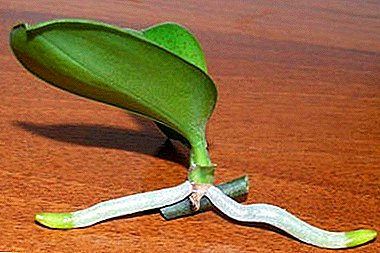 First way - if the children appear on the flower spike, they should not be planted until 2 leaves appear on them and the aerial roots reach 5 cm.
First way - if the children appear on the flower spike, they should not be planted until 2 leaves appear on them and the aerial roots reach 5 cm.- Second way - after flowering, flower spike and divided into parts, each of which must have at least 1 sleeping bud. Sprout them in a special greenhouse with moss at a temperature of 25-27, and then plant.
- Third way - separation. When transplanting a powerful outlet can be cut out and planted in different pots. In each case, the plant will become a flower when it becomes stronger - in 2-3 years. You can reproduce only a healthy plant, by no means during the flowering period. As long as the Wild Cat does not bloom at least once, it is useless to reproduce it.
Diseases and pests
The main diseases characteristic of the Wild Cat variety are fusarium and gray rot, for the treatment of which any modern preparation is suitable.
It is also worth protecting the plant from spider mites and thrips, for the destruction of which we use intoxicatives. A wild cat can get sick with insufficient care - to some extent this is a naughty flower. Also, be careful not to flood the plant.
The best prevention of disease is the right care. It is necessary to light the flower well, fertilize and transplant on time and not be stressful - your Wild Cat will certainly thank you with flowers and a long life.
Conclusion
Orchid Wild Cat is one of the most popular orchid varieties at the moment.. And for good reason - it is beautiful, often happy with the appearance of flowers and not too picky about leaving. But buying it is not easy - it is a rare and expensive variety, so it is better to buy it from producers with sufficient experience of growing orchids.


 First way - if the children appear on the flower spike, they should not be planted until 2 leaves appear on them and the aerial roots reach 5 cm.
First way - if the children appear on the flower spike, they should not be planted until 2 leaves appear on them and the aerial roots reach 5 cm.